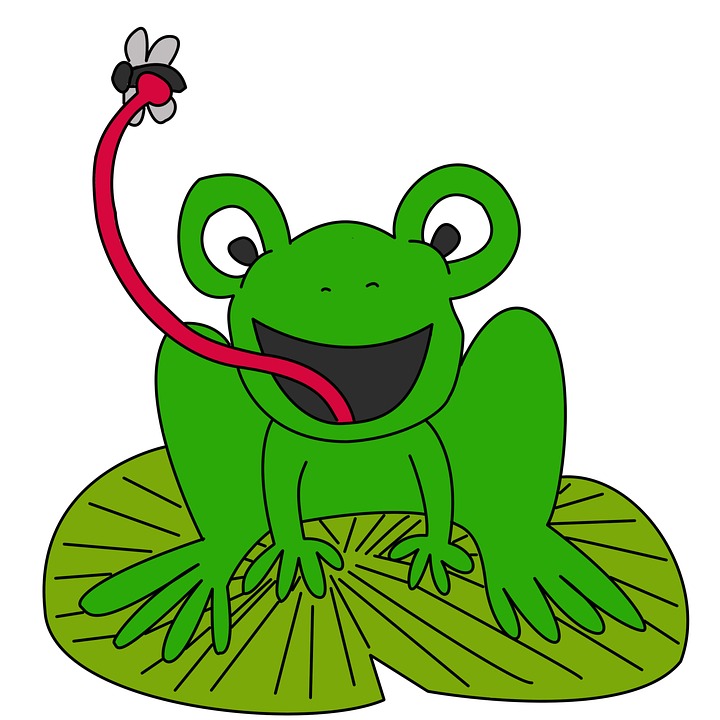Artifact 1 from Module 4

The news seems to paint a picture that danger lies around every single corner. Nothing seems to be safe anymore but when the numbers are examined critically, the things we consider commonplace are actually the biggest killers. The news cycle is full of reports meant to scare the viewers. The more they report on something such as gun violence, the more the public sees it as a problem. The same thing applies to airplane travel, terrorist attacks, etc.
The problem with American media outlets is that it relies heavily on the representative heuristic. When a perpetrator fits what the average person images a criminal to be, then the media has a juicier story. The viewers latch on, the networks’ ratings rise and they make more money. By reporting heavily on aforementioned stories, the media is strengthening society’s representative heuristic of criminals. Availability heuristics are playing a giant part in traditional news outlets and social media today. Police brutality and racism have been brought to the forefront of everyone’s attention lately. While it is good that these issues are being exposed, that justice is being fought for, the rise in reporting of such systematic mistreatment makes it seem as if it is a new issue; this is absolutely not the case.
Artifact 2 from Module 6
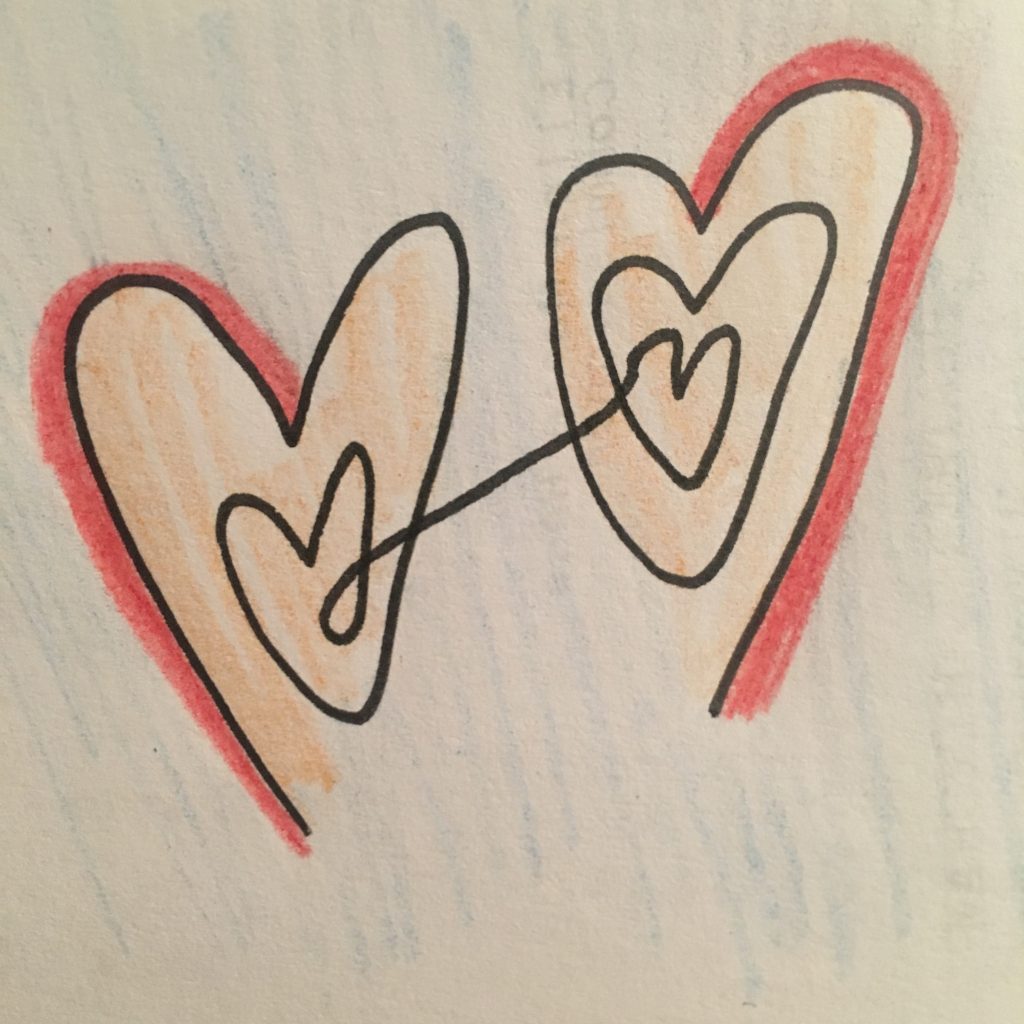
empathetic
I drew this image to represent two hearts connecting.
Situation 1: A coworker who I am friendly with, but not necessarily extremely close with, came into the start of our morning shift on the verge of tears. I could tell something was not quite right, so I pulled her aside away from everyone and just gave her a hug. I told her that if she needed to vent at all, she could come to me. I tried not to ask if she was okay, because I know that I hate when people ask if I am okay when I am clearly about to ball my eyes out. I suggested that she be the one to set up the outside patio area, so that she could have a few moments to breath and get space from the rest of our coworkers doing side-work in the kitchen. She ended up coming up to me a little bit later and explaining why she was upset, and I could tell she was grateful that I noticed she was having a rough day. This is a pretty consistent behavior for me, as I try to treat people the way I would want to be treated.
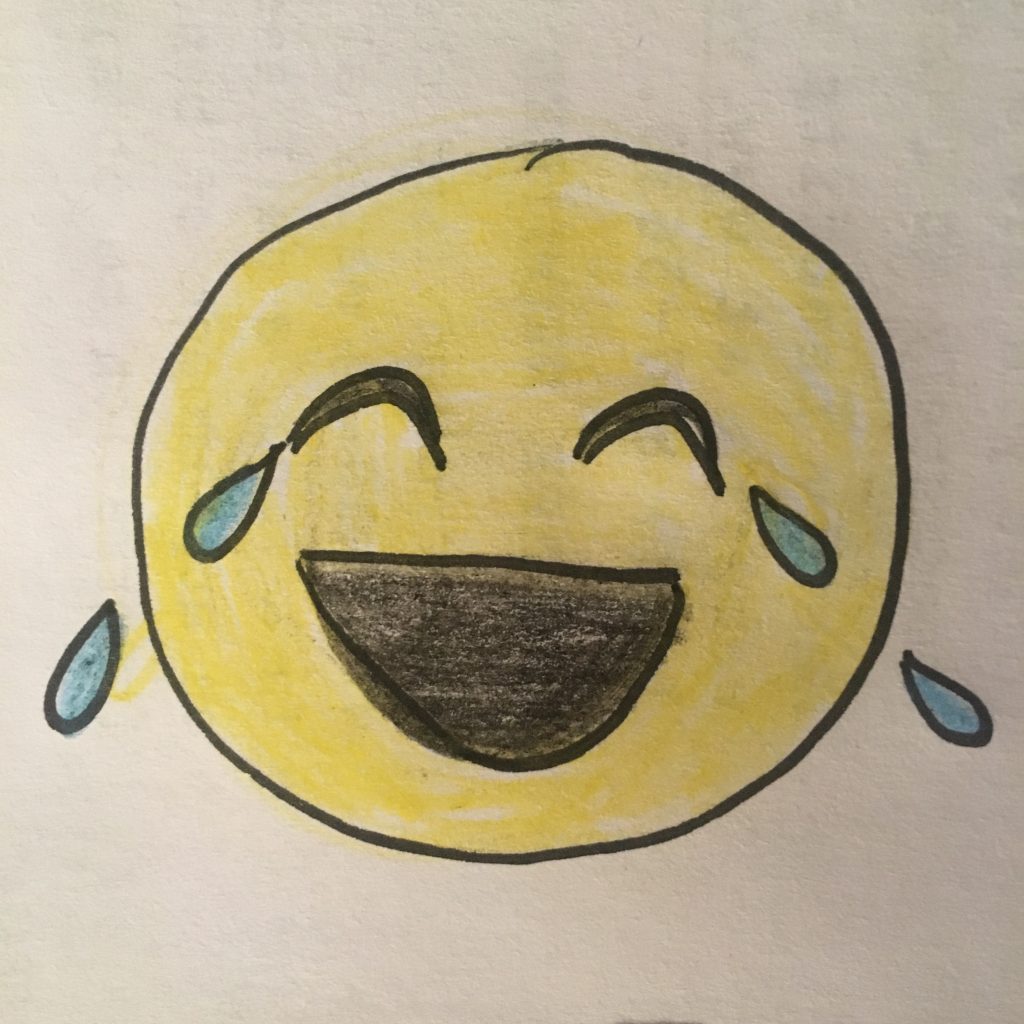
humorous:
I created this image to look like the laughing emoji.
Situation 2: I work as a server, so humour is a big part of how I chose to interact with guests. I had a table the other day who I was having a great time with from the moment they sat down. We were all making jokes back and forth, and I was being super sarcastic with them. I’d come by to check on them, make little comments and we would all laugh for a second. I would say that things like this are pretty consistent, even when I’m not at work. I pride myself in being a pretty funny person all around.

patience:
I drew the “om” symbol because it remind me of being calm and mediating.
Situation 3: On Tuesday, my son was really testing my patience from the minute we woke up. The moment that I really had to take a step back and just remind myself to be patient with him was right after we sat down for lunch. I made all his favorite foods, cut him some apple slices and I set his plate in front of him. He refuses to eat a single thing, and just swipes the plate off the table. The plate flies off the table and food goes everywhere. I was so frustrated but I stayed calm, cleaned it up and made him something else. I would say that this behavior is very consistent for me because it’s the only way I get through the day sometimes.
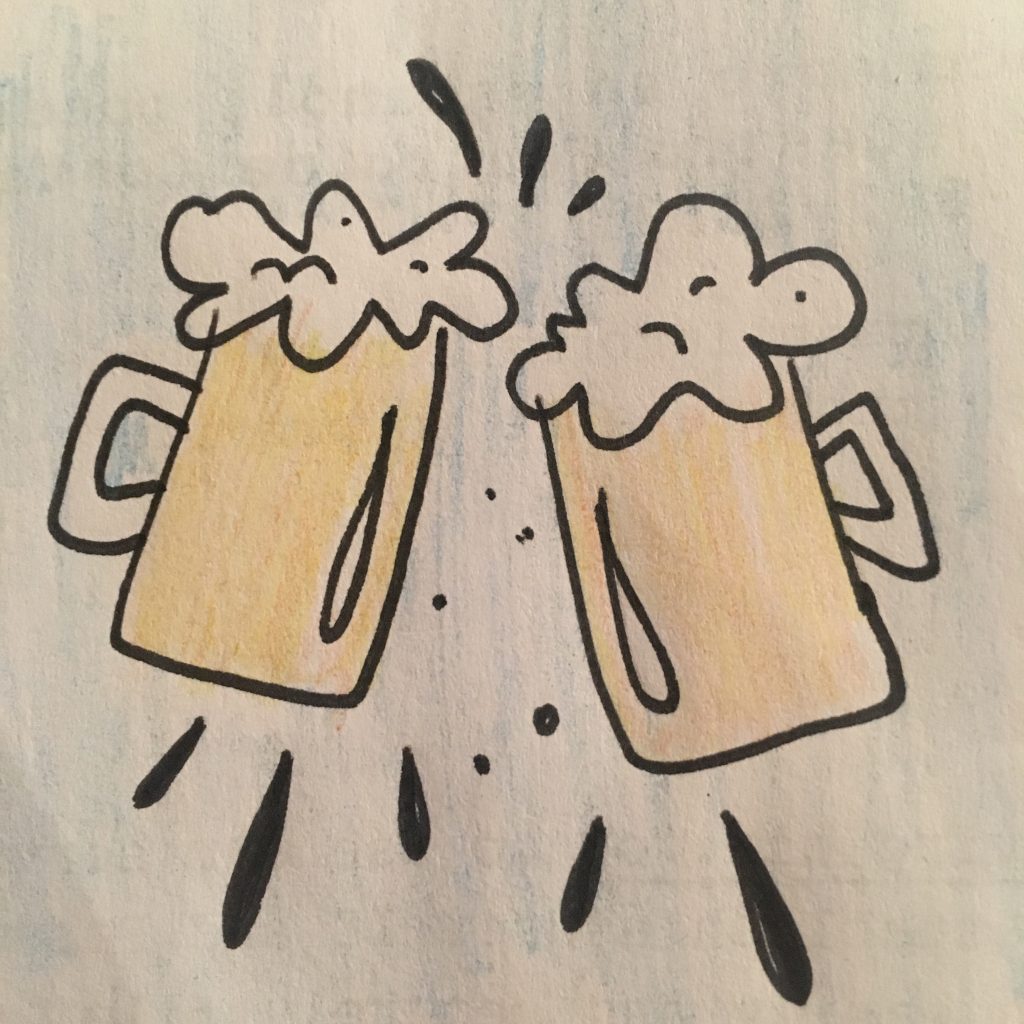
bold:
I made this image because I felt bold “cheers-ing” with people I did not know well.
Situation 4: On Monday, I was invited out to dinner with my friend and a few of his co-workers. I have met them once or twice in passing, but never sat down and shared a meal with them. I am a little shy sometimes, so at first I was a little apprehensive to even go to dinner, but I ended up going and having a good time. I was nervous at first, but once I stepped out of my comfort zone and just started talking to everyone I felt much better. I would say this is inconsistent behavior for me, since there have been times that I either don’t put myself in this type of situation at all or just stick to myself and only talk to the people that I already know well.
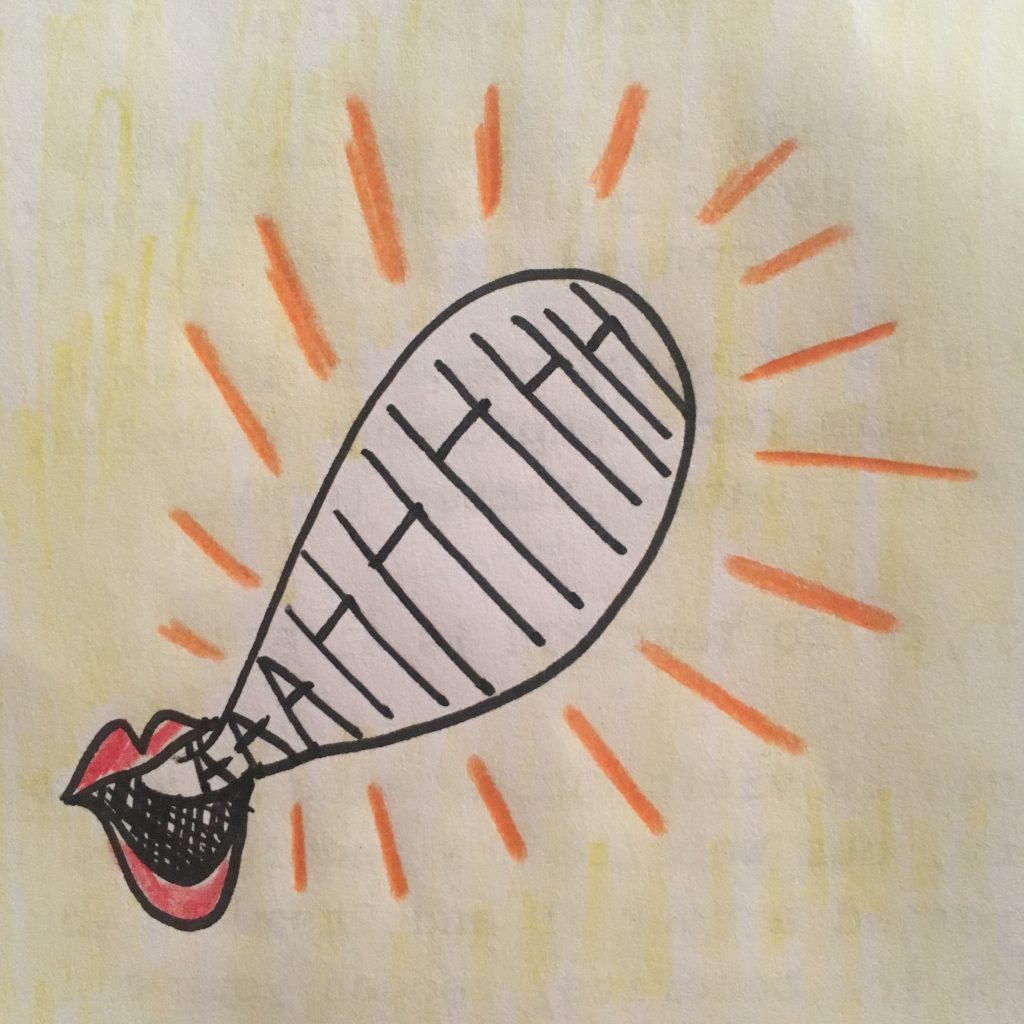
frustrated:
I drew this image because this is what was going through my head.
Situation 5: Amid all the coronavirus craziness, being out of simple things like toilet paper has become commonplace. I went grocery shopping at Kroger the other day when I got off work, and they were out of so many things that I needed. I had a long day at work, and didn’t exactly want to have to stop in the first place. The things that the grocery store did have, well there seemed to be limits on. All of this meant that I would have to make another trip to the store in the next day or two, which was just frustrating to me. I would say that this feeling isn’t consistent because I usually try not to let things get to me too much. But we’re all human, and sometimes we are just tired and over it.
Artifact 3 from Module 11
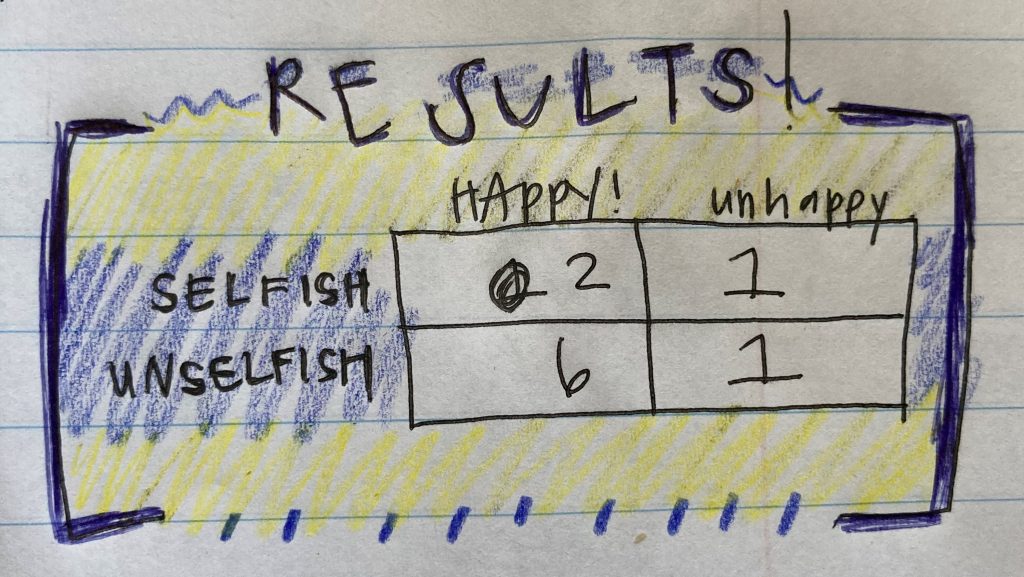
The pairing with the greatest number of people was the Happy and Unselfish pairing. I was not surprised by this, as social learning and social norms dictate that being unselfish is the appropriate way to act. By staying within these lines, people are more likely to feel a sense of acceptance in their ingroups, which reinforces their happiness. Selfishness is a negative trait, while happiness is a positive one so the mind doesn’t associate the two together. The negative-state relief theory also comes into play here. In order to be happy, or at least at an emotional equilibrium, a person feels the need to reduce other people’s negative feelings. Now, being selfish would not help achieve this at all, and therefore the person would probably feel unhappy. On the other hand, if they do help the other person out, their negative feelings go away and they feel happy.
Artifact 4 from Module 11

For this Behavior Survey, I found myself agreeing with all of the statements in the Attitudes section. In contrast, in the Behaviors section I did not answer yes to all of the statements, I only answered yes to half of them. The experience of it being pointed out that your behavior contradicts your attitude is a slightly uncomfortable, especially if the topics are more serious than the ones used in this survey. It is human nature to attempt to alleviate any feeling of being uncomfortable. There are injunctive norms that define how we should act in given situations; going against these leaves us feeling like we are vulnerable to being disliked.
When the pandemic began earlier in the year, I felt a lot of cognitive dissonance. One part of my mind was refusing to accept what was happening, and that the definition of “normal” was going to be changing. This led me to feel a lot of anxiety, especially when thinking about the future. I wanted to be able to take my son to the park, or go out to eat with my friends. Eventually, I had to come to terms with everything that was going on and change my outlook. I had to stop focusing on all the things that I couldn’t do, and focus on what I could.
Artifact 5 from Module 12
The items that involved intentional pain against another person or an animal and the items where a person outwardly expressed anger are the ones that I circled. I l also reacted more strongly to these. I think that the aggression that involves harm to living things is more violent than the other behaviors listed, such as accidental aggression. Human beings for the most part have a soft spot for animals, so we see harming an animal as particularly violent and heinous. Direct aggression is easy to see, and easy to take a stand against, however, covert acts and inaction can be just as harmful. Sneaking around and lying to another person can emotionally hurt them just as much as a punch to the face would. I think that when we can rationalize violence, like a person acting in self-defense, fighting a “bad” person, or an animal trying to survive, then we can accept it more willingly.
